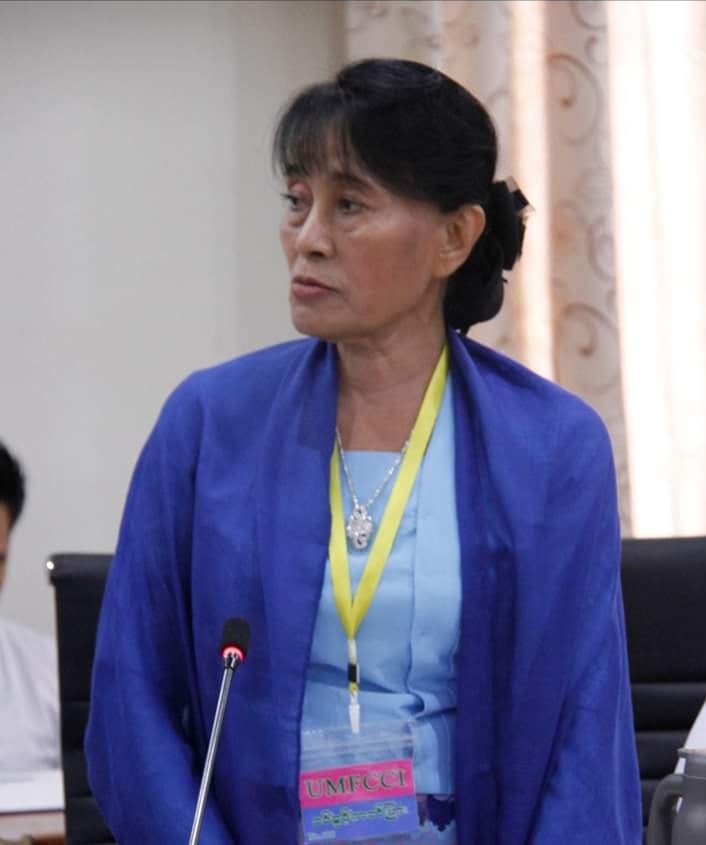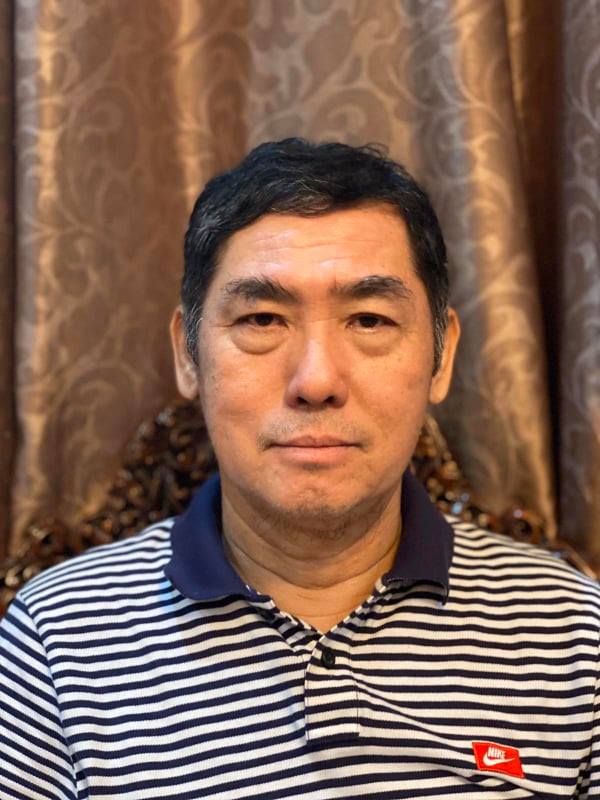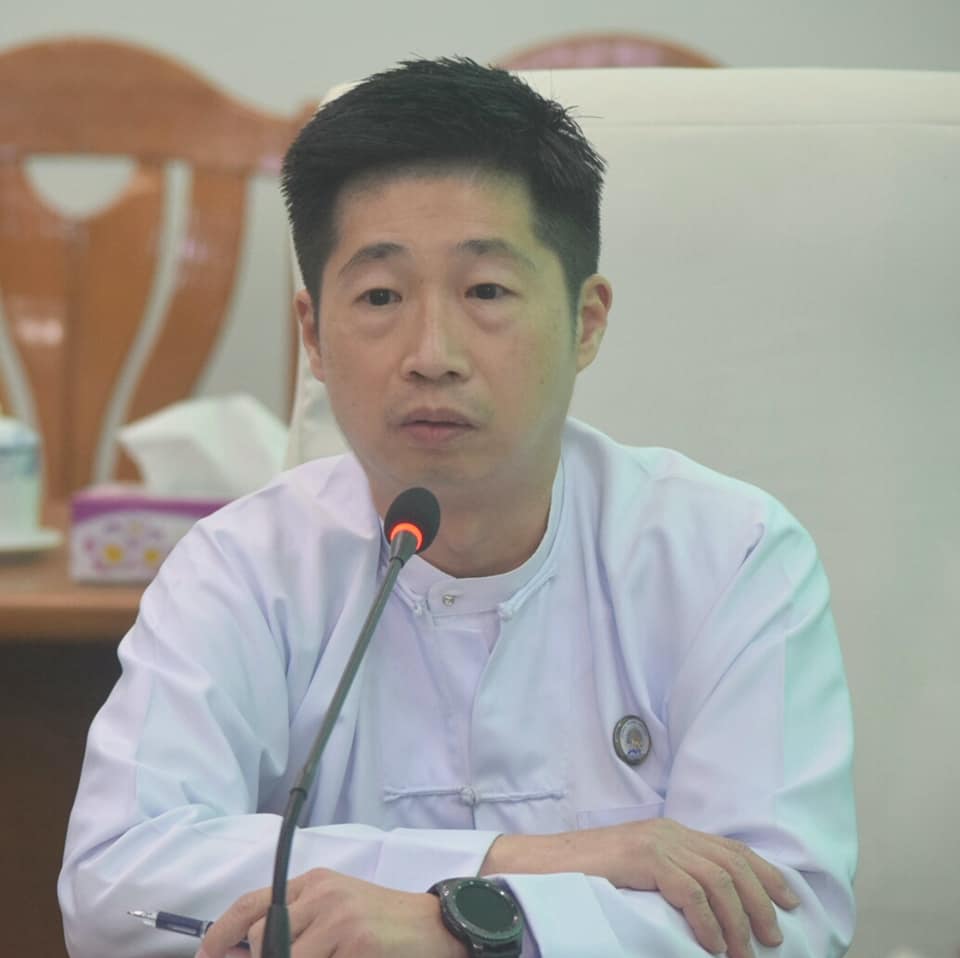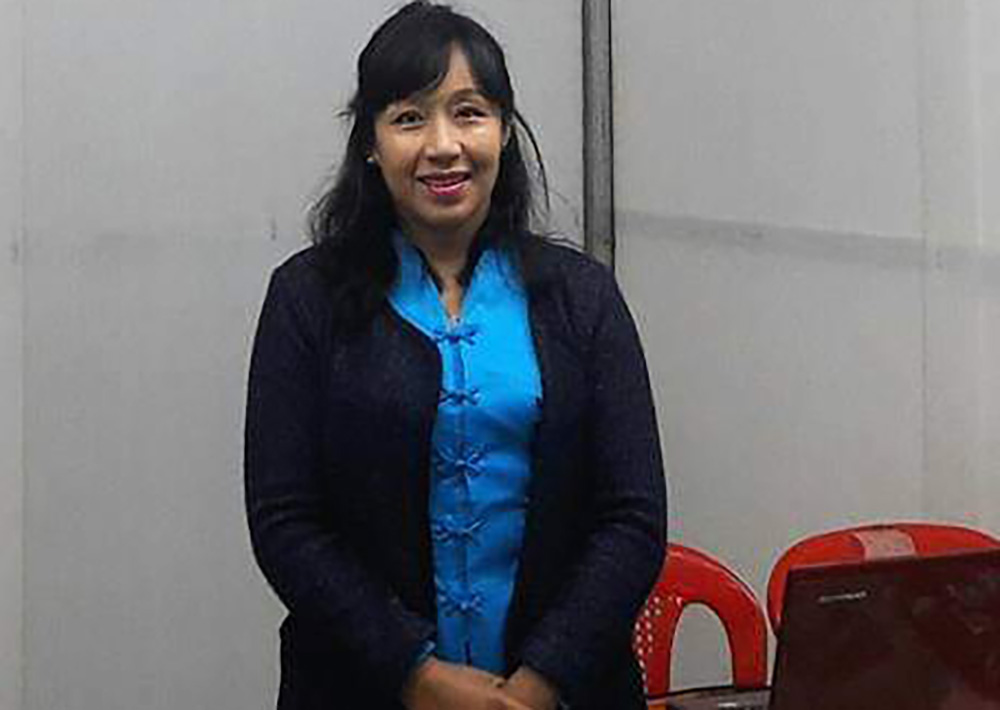Yangon — The government on April 28 announced its COVID-19 Economic Relief Plan (CERP), which seeks to mitigate the economic impact of the pandemic on Myanmar.
The plan has seven goals, 10 strategies, 36 action plans and 76 actions that seek to flatten the curve without flattening Myanmar’s economy.
It focuses on improving the microeconomic environment through monetary stimulus; easing the impact on the private sector through improvements to the investment, trade and banking sectors; assisting workers and households; promoting innovative products and platforms; strengthening the health-care system; and increasing access to the COVID-19 response financing, including contingency funds.
The Irrawaddy reporters Myo Pa Pa San and Aung Thiha have interviewed economists and business leaders on the CERP.
U Khin Maung Nyo
Economist

The CERP is an outline and the government might have detailed plans. The CERP is a bit general and is the description of the government’s goals and targets. The government has decreased bank interest rates and deferred income tax and set targets for this month and before the end of this year, which is good. We will wait and see how it will implement them swiftly and most effectively.
Another action plan is the government will guarantee 50 percent of any new loans made by banks to Myanmar’s businesses. I doubt banks have that much money and they can afford to lend at this point.
It is good to increase the quantity of loans [to be lent to businesses hit by COVID-19] to around 500 billion kyats [US$359 million]. Many businesses need loans. From what I’ve heard, the loan scheme is not going as smoothly as expected. I am afraid the loan scheme is less effective and those in need will not receive anything. But I understand that it is difficult for the government to assess [the needs of loan applicants].
Daw Toe Nandar Tin
Vice-chairwoman, Myanmar Fisheries Federation

The CERP gives little attention to the fishery sector, which in fact can recover quickly. Will not putting a little more effort into such a sector contribute to a quick economic recovery? I don’t understand what those who designed the CERP think.
This plan, I think, was designed without wide consultation. Such plans should not be developed single-handedly, but in consultation with all sectors. It must assess the strong and weak points of all sectors. And immediate support to the strongest sector will lead to a swift economic recovery.
Our country has the largest fishery resources in Asean, but productivity is the lowest. Vietnam produces around US$10 billion [14 trillion kyats] worth of marine products [annually]. But here, the production is worth just $720 million [1 trillion kyats].
In our fishery industry, we now have many factories that meet European Union norms. It is difficult to get EU certificates. We should not just look domestically after COVID-19. We also need to look at the international market. As food will take priority, we should be thinking about what ready-to-eat products to produce. If we can produce things that can be sold straight to the international market, we can achieve a solid economic recovery.
Dr. Aung Win
Garment factory owner

It is good that the government has decreased interest rates and extended the repayment period for non-performing loans for three more years. Banks have lent a lot of money to businesses. As they cannot repay, banks do not get both principal and interest. And the interest rates are high for businesses.
Now the government has reduced the interest rate. The lending rate has been reduced to 10 percent [for collateralized loans]. Though it is not yet a fair rate, it is much better compared to the past. But compared with other countries, even five or six percentage point interest rates are very high.
As the economy has slowed due to COVID-19, banks should provide long-term non-collateralized loans to businesses. And the government should provide long-term loans at low-interest rates for labor-intensive factories.
There is a need to decrease the interest rate in agricultural loans provided to farmers as well as extend repayment periods. Also, agricultural loans should be provided to all crop farmers besides just rice farmers. And there is also a need to improve the crop insurance system.
The country’s gross domestic product will pick up only if arable and livestock farmers can produce large volumes. And the garment industry cannot provide jobs for all those who will return to Myanmar. Given the current trend regarding the clothing orders, I am afraid it is even difficult to re-employ 50 percent of garment workers who were made redundant.
As the pandemic has also affected the economies of European countries, if there is no demand from them, workers here will not get jobs. The government should carefully design plans for garment workers who will be made redundant and migrant workers who will return from abroad, including Thailand.
U Naung Naung Han
Chairman, Union of Myanmar Travel Association

It is good the government will take such measures. But I am confused about one thing. We learned that the government will guarantee 50 percent of any new loans made by private banks, but only for new investment. It is hard to attract investment at this time.
Instead, the government should focus on helping businesses hit by COVID-19. It would be better if individual ministries take responsibility to provide loans for their sectors.
There will be more transparency if there is cooperation between private associations and ministries. The government provided 100 billion kyats [$72 million] worth of loans in collaboration with the Union of Myanmar Federation of Chambers of Commerce and Industry. As there were many loan applicants from various sectors, the amount that could be provided to each business was too small. So the help was not enough, I think.
Ministries and associations should know more about this. As they know how to revive businesses, there will be greater progress if there is a public-private partnership.
Dr. Aung Thein
Chairman, Myanmar Industries Association

Manufacturing factories have been suspended since April 20 for inspection due to an instruction issued by the Labor Ministry at 8 pm on April 19 [a Sunday night].
There are over 60,000 factories registered nationwide, and there are over 7,000 in Yangon Region. Only around 2,000 have been inspected by April 30, and over 1,900 were allowed to resume operations. But less than 10 percent could resume operations. Most factories have suspended in this period. And [as the inspection] has been extended until May 15, other shops and factories, except pharmaceutical and food businesses, cannot operate for up to around 1½ months. As their sales have declined, the distribution network that relies on those shops and factories was also affected. And other businesses that are dependent on them are also affected. As the entire supply chain has been affected, compensation should be given proportionately depending on the impacts of the instructions for temporary closures.
What is more important is the government should consult with those who are involved in the industry before issuing orders and instructions. These orders should match the CERP.
U Ye Myint Maung
General secretary, Myanmar Food Processors and Exporters Association

The CERP mainly focuses on tax relief and details the amount of tax reduction in different sectors. Tax relief is not enough. The CERP does not say much about how to help businesses recover. If there is economic growth, businesses will be able to pay taxes.
For the economy to recover, the government needs to make it easier to invest and allow access to financing. The government should set prioritized sectors in working for economic recovery.
As a businessman, I’m concerned that prioritizing and investing in the wrong sector will remedy nothing. The State Counselor [Daw Aung San Suu Kyi] said measures will be taken for recovery of all the sectors. She can do so and assist all the sectors. But there must be prioritized sectors.
And 50 percent of the workforce in Myanmar is employed in agriculture. Our country possesses good foundations to produce food. I think we should move on in that way. We have the workforce and land. But we need a market to be able to export our products to. But now the chain has broken.
Arable and livestock farmers have to work according to the calendar. You cannot reap what you grew yesterday. Similarly, you cannot export what you breed yesterday. It takes at least three to five months. As [factories] have closed for 1½ months, we have to start from the beginning. We need capital. We have the workforce as many migrants have returned from abroad. So we can produce quality products and export to foreign markets. Thinking optimistically, this is an economic opportunity for us at a time when the world is facing the danger of food shortage. I think the agricultural sector should be prioritized.
Nan Tharaphu Tint
Managing-director, Green Pindaya Co.

The repayment period should be extended in providing loans for businesses. Digital payments are good. The government should also make field inspections of small-scale businesses and provide low-interest loans to them.
Investment should be encouraged at businesses that make products from crops like coffee and tea. We don’t know much about the national economic picture but looking at tea, specifically, we cannot profit from our investment this year. So it is a good idea to produce innovative products at this time.
If it is difficult to maintain the commodity flow across the country, it is a good idea to encourage establishing small-scale businesses and production. This will help economic recovery after COVID-19. But there are financial constraints in the private sector. The government should provide capital and technical assistance for certain parts of the private sector.
You may also like these stories:
Six Labor Strike Leaders Jailed for Breaking Myanmar’s COVID-19 Rules
Building New IDP Camps Requires Security Considerations: Rakhine State Govt

















